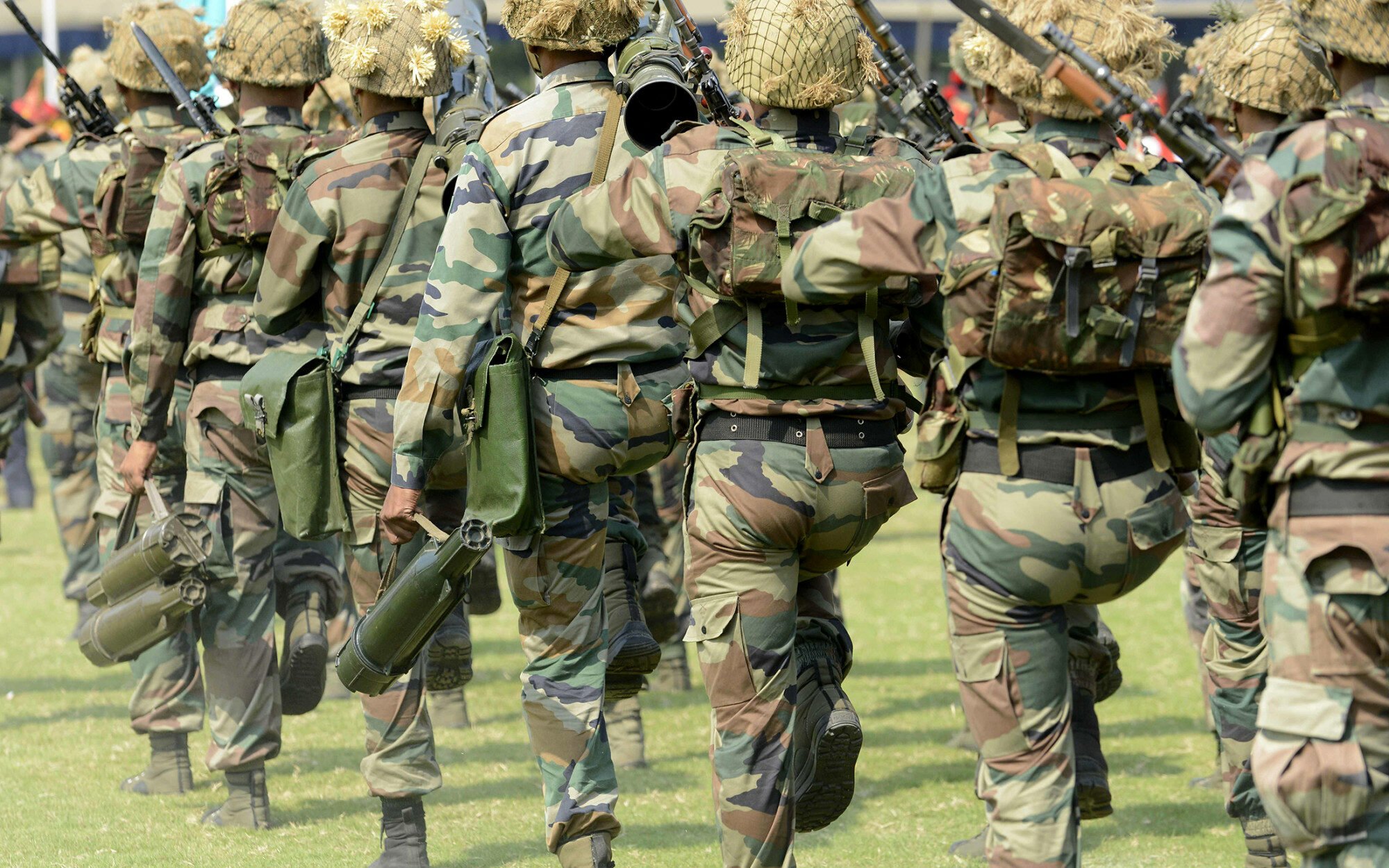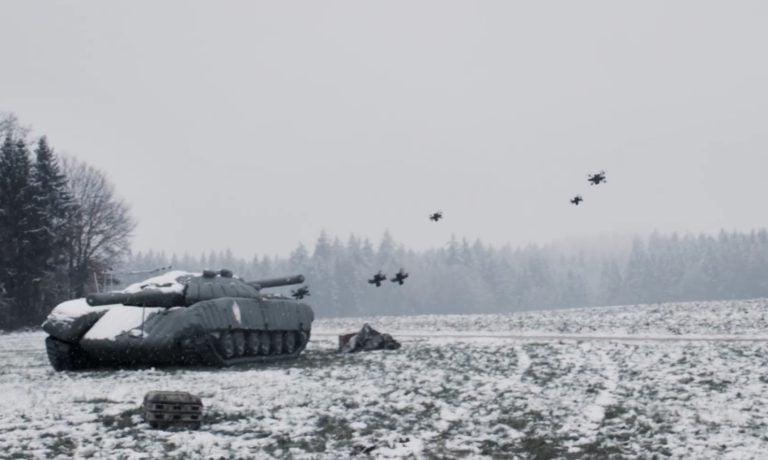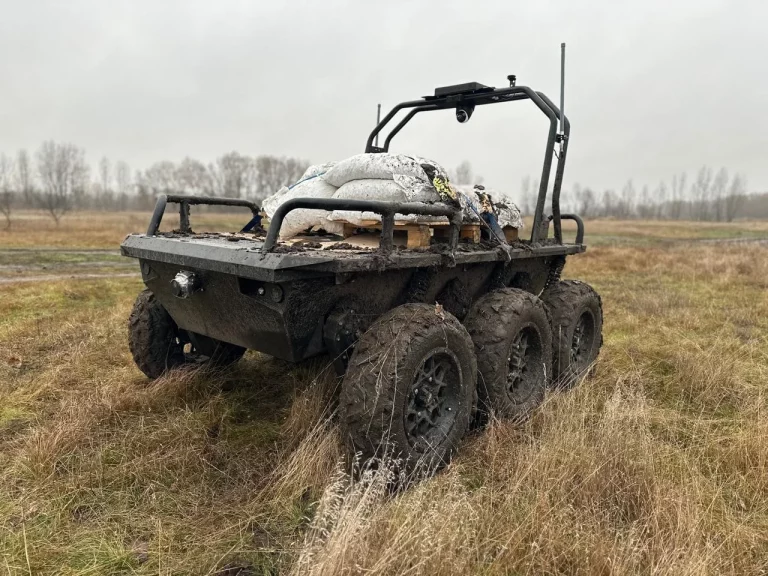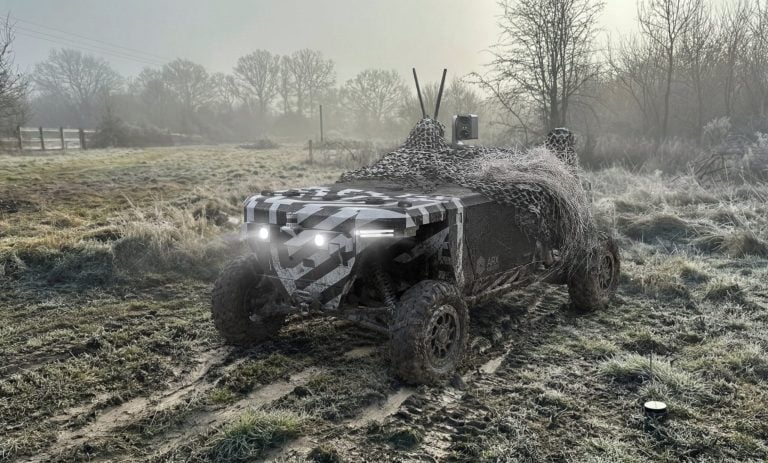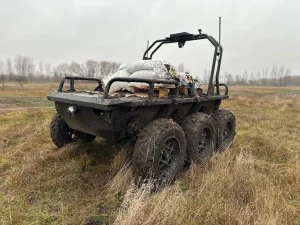The Indian Army is embarking on a comprehensive modernization initiative aimed at enhancing its military capabilities through the adoption of advanced technologies such as hypersonic weapons and cyber warfare systems. The blueprint for this ambitious plan was unveiled by Lieutenant General Amardeep Singh Aujla during a recent defense technology conference, highlighting a critical need for enhanced cooperation among the military, government, and industry stakeholders.
Key elements of this modernization strategy focus on the development of pivotal technologies including hypersonic glide vehicles and next-generation missiles. Aujla emphasized the importance of establishing technology hubs and innovation centers, alongside implementing targeted reforms in funding and regulatory frameworks, all intended to expedite the development and acquisition processes of advanced military systems.
Among the primary priorities outlined in the roadmap is the transition from conventional ammunition toward precision-guided munitions. The Indian Army aims to incorporate loitering munitions to significantly improve strike accuracy and minimize collateral damage during operations. Furthermore, the plan emphasizes the enhancement of cyber and electronic warfare capabilities, equipping forces with the tools necessary for both offensive and defensive operations, including spectrum control and the resilience of satellite systems.
In addition, there is a focus on directed energy weapons, such as high-energy lasers and microwave systems, which will be pivotal for counter-drone operations and missile defense strategies. The modernization plan also seeks to boost physical performance and situational awareness for troops in the field. Proposals for new soldier technologies feature exoskeletons, AI-powered helmets, smart armor, augmented reality command systems, and real-time health monitoring systems.
Significantly, this drive for modernization dovetails with India’s broader strategy for self-reliance in defense manufacturing. The impetus for this shift has been amplified by rising regional tensions, particularly with Pakistan. Recent developments illustrate this strategy in action: Indian startup Flying Wedge Defence and Aerospace showcased a loitering munition with a 100-kilometer range at a defense aviation exhibition in Paris earlier this year. Additionally, the Indian Army has made strides in bolstering its domestic manufacturing capabilities, exemplified by a $16 million order for mini drones from the domestic manufacturer ideaForge.
The emphasis on indigenous capabilities is further underscored by a recent announcement regarding the procurement of homegrown directed energy weapons to enhance counter-drone defenses. In a noteworthy move to augment its air power, New Delhi also revealed plans for a $7.3 billion deal to acquire 156 locally manufactured Prachand light combat helicopters.
This modernization strategy not only represents a significant leap for the Indian Army but is also reflective of the nation’s commitment to developing a robust, self-sufficient defense establishment capable of meeting contemporary security challenges.
